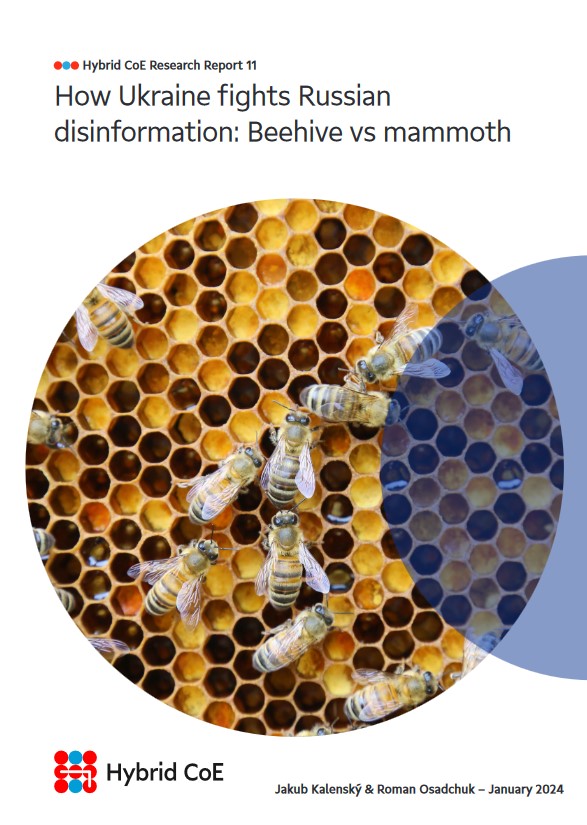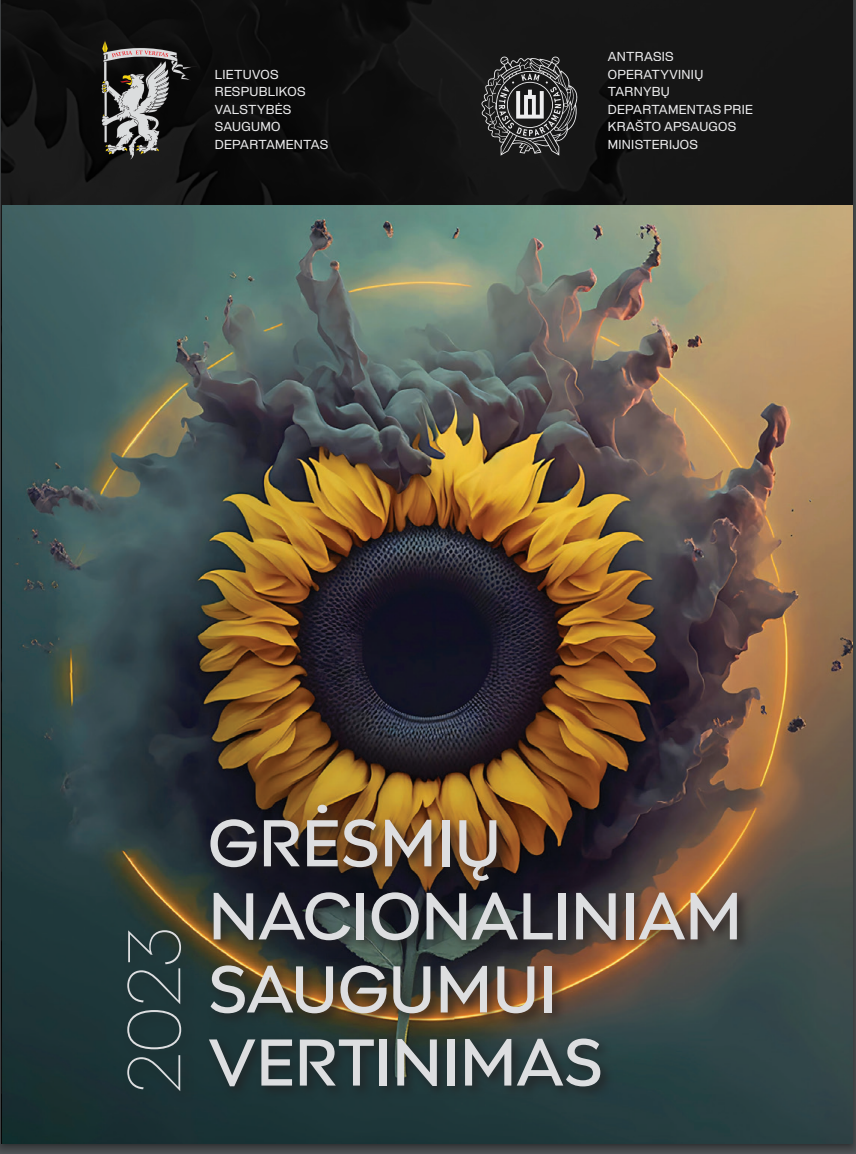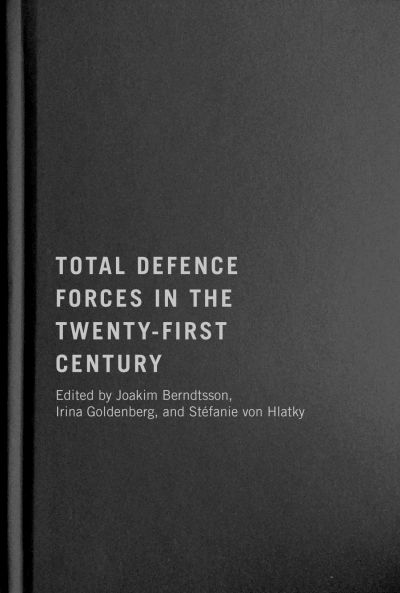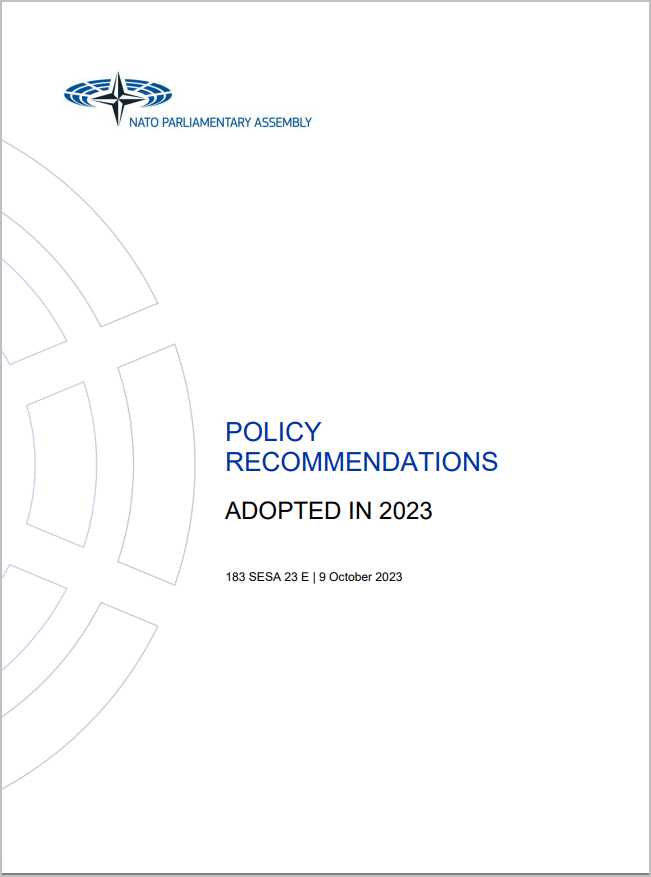Evolving threats to national security have resulted in the adoption of comprehensive (total) defence concepts by a number of small and medium states. Civil resistance constitutes a considerable part of such concepts, complementing military defence. The historical experience of Lithuania proved the value of nonviolent resistance between 1988 and 1991 for regaining independence, and defending it in January 1991. The aim of this article is to analyse the role of non-violent civil resistance in the national defence system, based on the experience of 13 January 1991 in Lithuania and develop further discussion about the concept of civil resistance. The methodological approach of the article is based on historical and theoretical analysis. This allows the experience of Lithuania to be assessed on the basis of Lithuanian National Security and Defence Strategy and scientific research. Lithuanian non-violent civil resistance in 1988–1991 was successful in terms of strategy, leadership, organisation, planning, non-violence priorities and the number of citizens involved. The leaders of the movement were able to mobilise people into a widespread movement based on their moral authority and value orientations, strongly appealing to different groups in society. Lithuania’s independence was achieved with minimal human sacrifice, preserving the country’s resources and infrastructure. This experience of non-violent civil resistance came to be used by modern state institutions to create strategic documents of the state. In the current situation, it is necessary to focus not only on the knowledge required for state defence and civil resistance, but also on its moral aspects such as values, ethical behaviour, civic and human maturity.
Non-violent civil resistance against military force: The experience of Lithuania in 1991
(2021)







